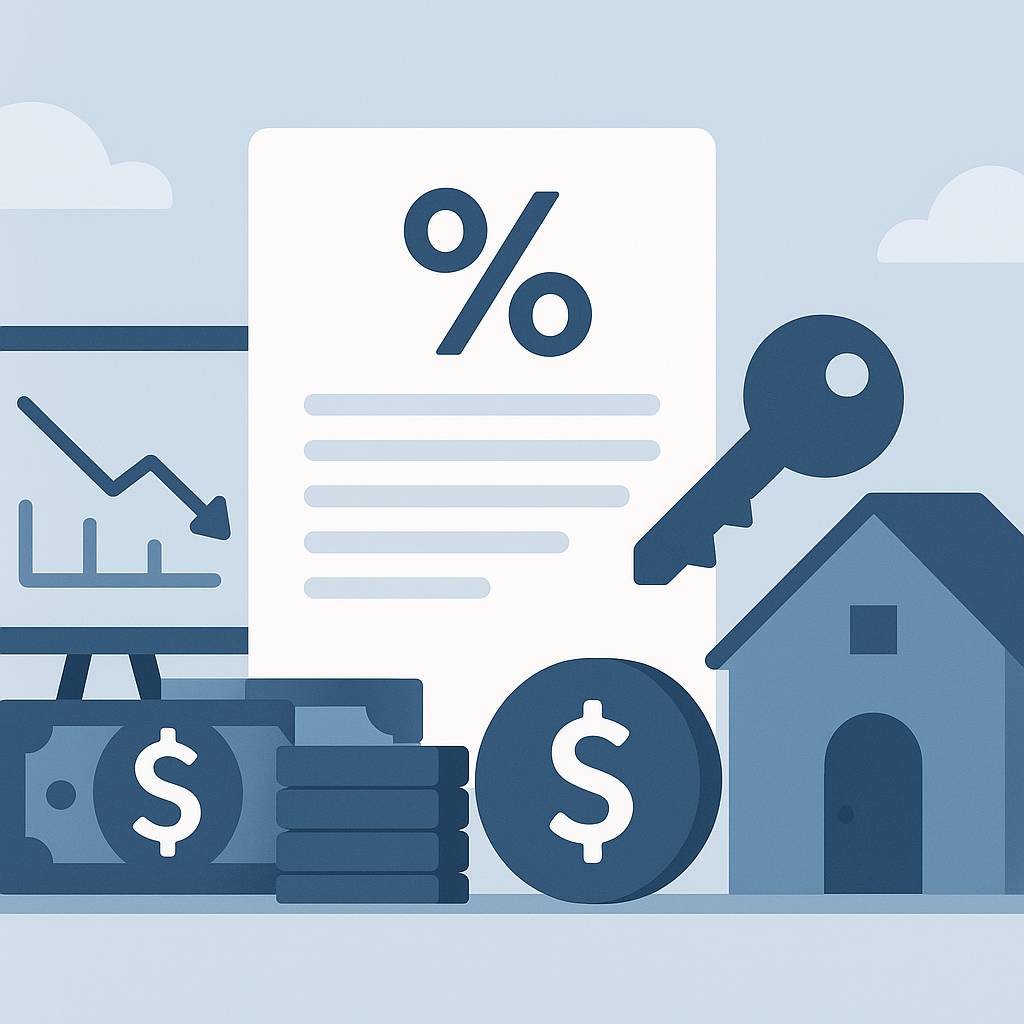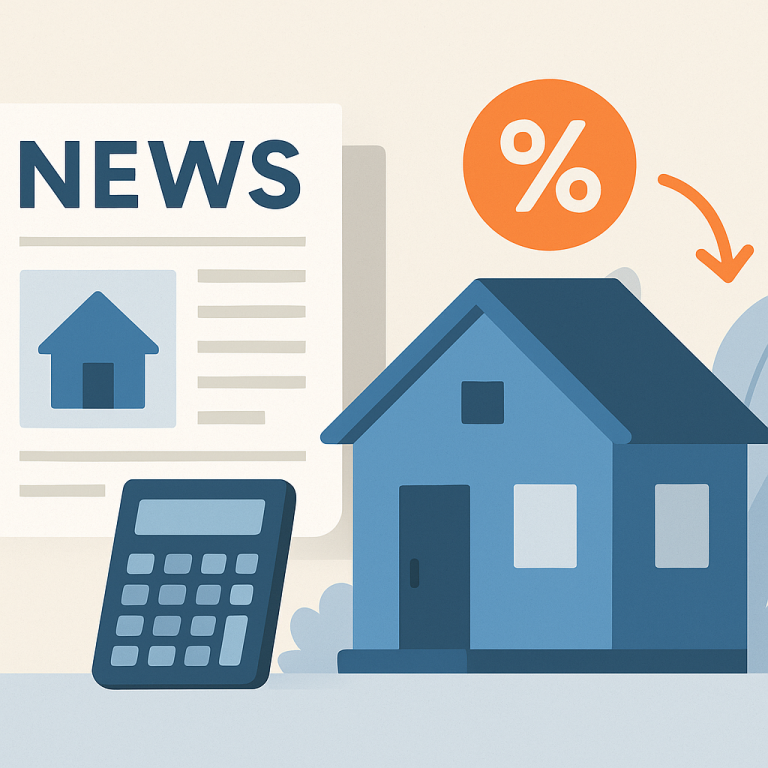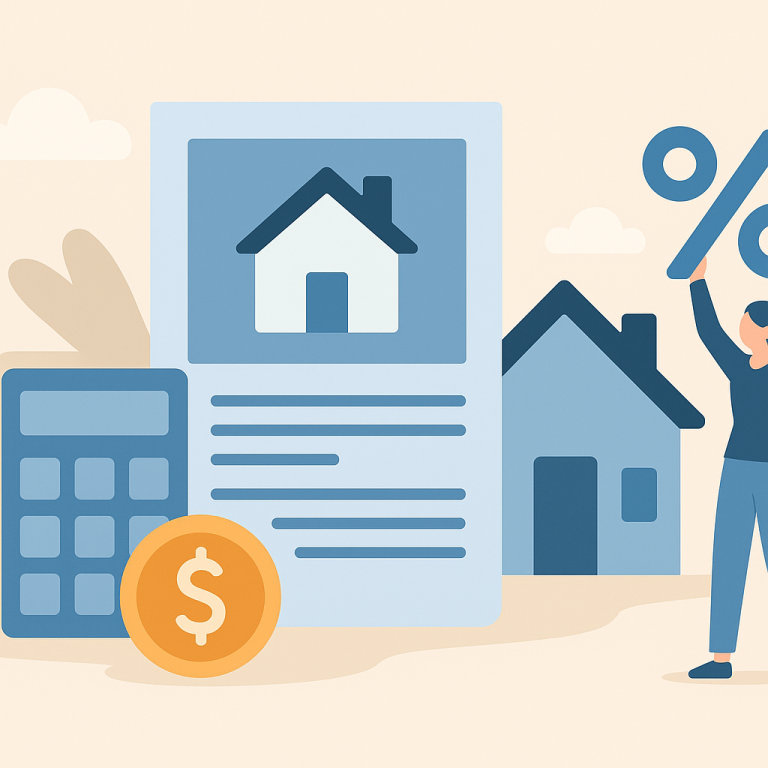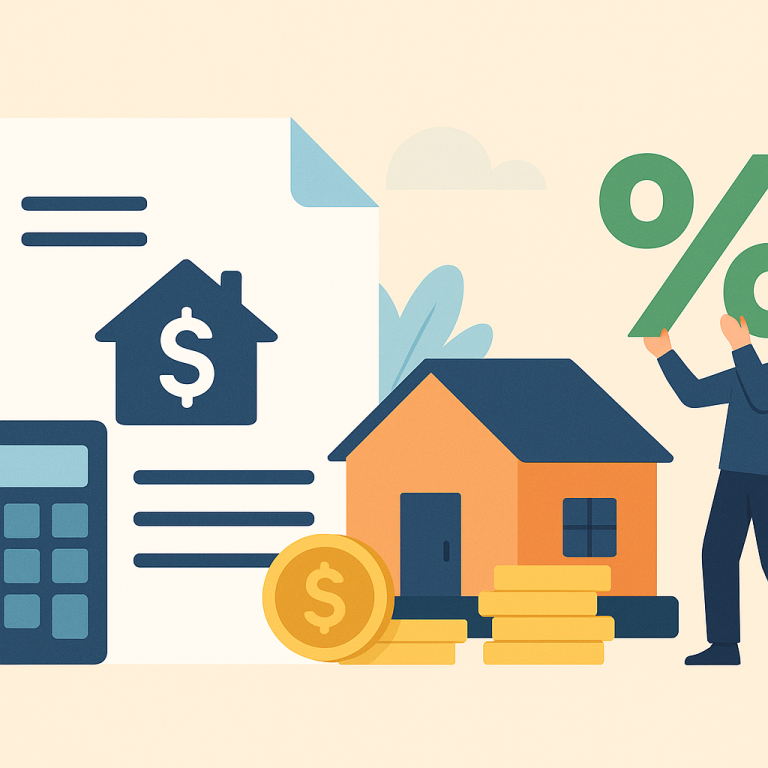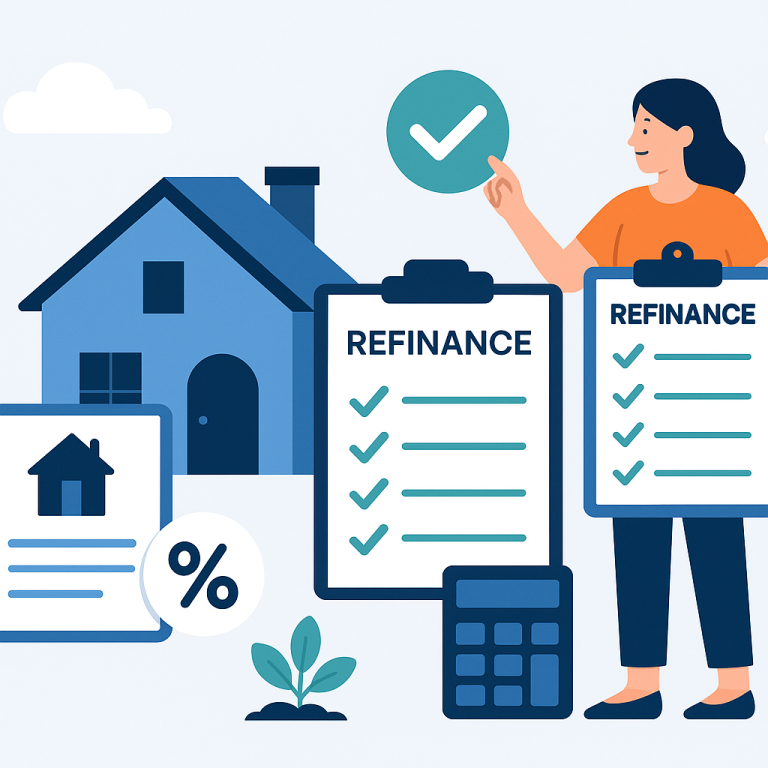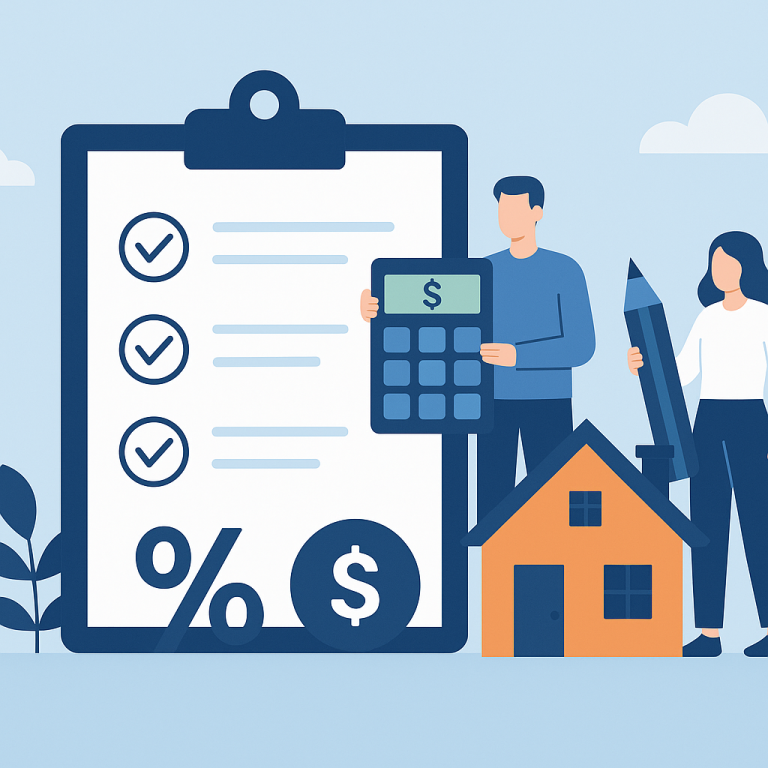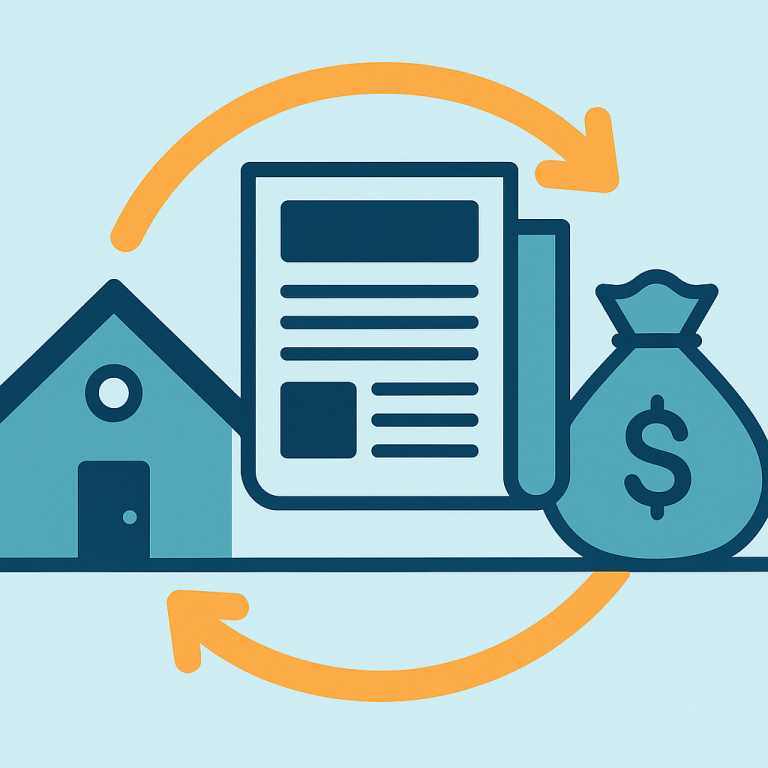Refinance Rates Fall 0.25% After Fed Minutes; Applications Jump
At a glance: The latest mortgage rate drop and how it could affect refinancing decisions.
Mortgage rates have moved lower. That can improve affordability and may reopen refinance options for borrowers whose current rate is above today’s quotes.
What the Rate Drop Means for Borrowers
Many homeowners revisit refinancing after rate changes or life events. One strategy gaining attention is refinancing to a shorter loan term — for example moving from a 30-year to a 15-year mortgage — while keeping monthly payments at or near their current level by taking advantage of lower interest rates. This approach can shorten the path to full ownership and reduce total interest paid, but it requires careful evaluation of costs and cash-flow implications.
How the strategy works
Refinancing to a shorter term typically lowers the interest rate and accelerates principal repayment. If market rates are meaningfully lower than the borrower’s existing rate, the borrower can often move to a shorter term without a dramatic rise in monthly payment; in some cases the payment may stay similar or even decrease. The net benefit depends on the rate differential, remaining balance and remaining years on the current loan, plus closing costs and other fees.
Key considerations before deciding
- Break-even analysis: Compare the refinancing costs to the monthly savings and the time it takes to recover closing costs. If you plan to move or sell soon, a refinance to shorten term may not recoup fees.
- Total interest vs. monthly cash flow: Shortening the term reduces total interest paid over the life of the loan but can increase monthly principal payments unless offset by a lower rate. Consider whether higher required payments fit your budget.
- Remaining loan characteristics: The remaining balance, age of the current loan and whether the loan has prepayment penalties all affect whether refinancing is advantageous.
- Closing costs and fees: Include appraisal, title, origination and other typical closing costs in your calculations. Some lenders offer credits that can offset these, but credits may come with a slightly higher rate.
- Cash-out vs. rate-and-term: Taking cash out of home equity increases the balance and may negate some of the savings from a shorter term. If your goal is faster payoff, rate-and-term refinance is usually preferable.
- Tax and insurance impacts: Confirm how a new loan will affect your escrow, property tax timing and potential mortgage interest deductions.
Steps to evaluate the option
- Gather your current loan statement and recent mortgage rate quotes from multiple lenders.
- Run an amortization comparison showing your current schedule versus proposed shorter-term options, including closing costs.
- Calculate the break-even period and the total interest savings over the life of the new loan.
- Verify whether your budget supports any payment increase and check for any prepayment penalties on the current loan.
- Request a clear Loan Estimate and compare APRs and total costs across lenders before committing.
Homeowner takeaways
- Refinancing to a shorter term can significantly reduce total interest and build equity faster, but benefits depend on rate differences, remaining loan life and closing costs.
- Do a break-even and amortization comparison before making a decision; plan as if you will keep the home for at least the break-even period.
- Avoid combining a term-shortening refinance with cash-out unless you’ve modeled the net effect on payments and long-term interest.
- Shop multiple lenders for accurate Loan Estimates and consider both rate and APR to understand true cost.
- Ensure the new payment fits your emergency reserve and long-term financial goals; faster payoff is valuable only if it doesn’t create undue financial strain.
For homeowners focused on accelerating equity and reducing lifetime interest, a term-shortening refinance can be an effective tool when market rates and personal finances align. Careful analysis and competitive lender quotes are essential to determine whether the theoretical benefits translate into real savings.
META: refinancing-term-shortening-article

